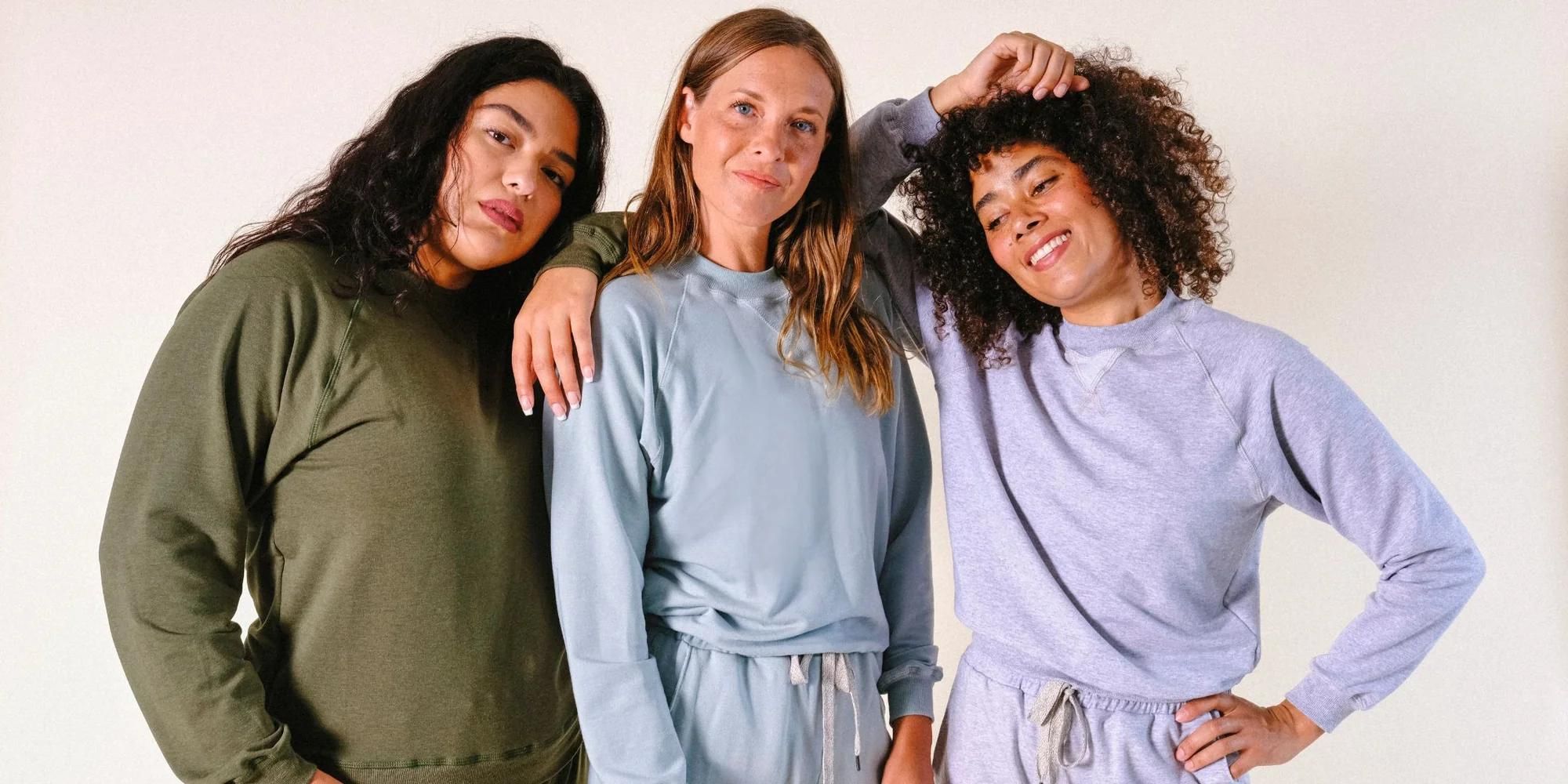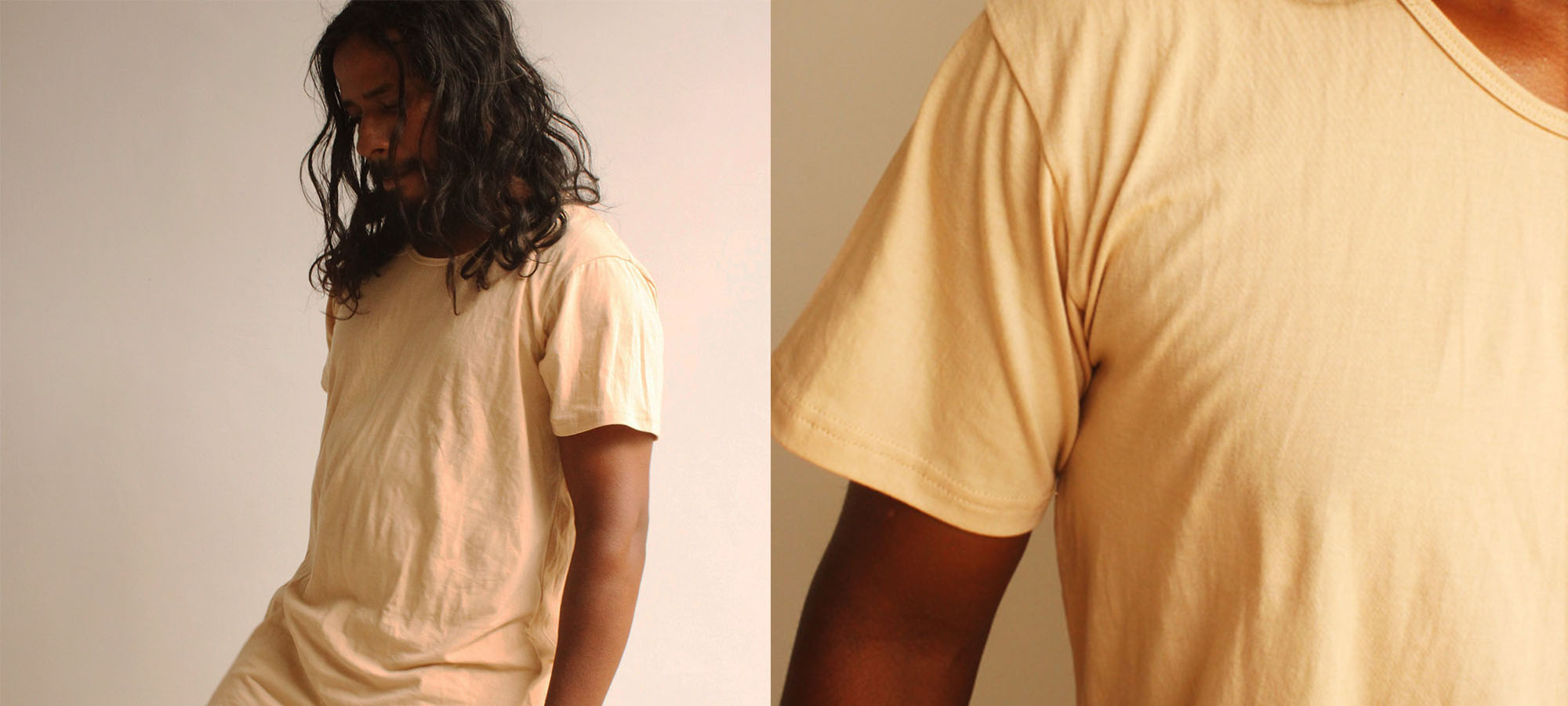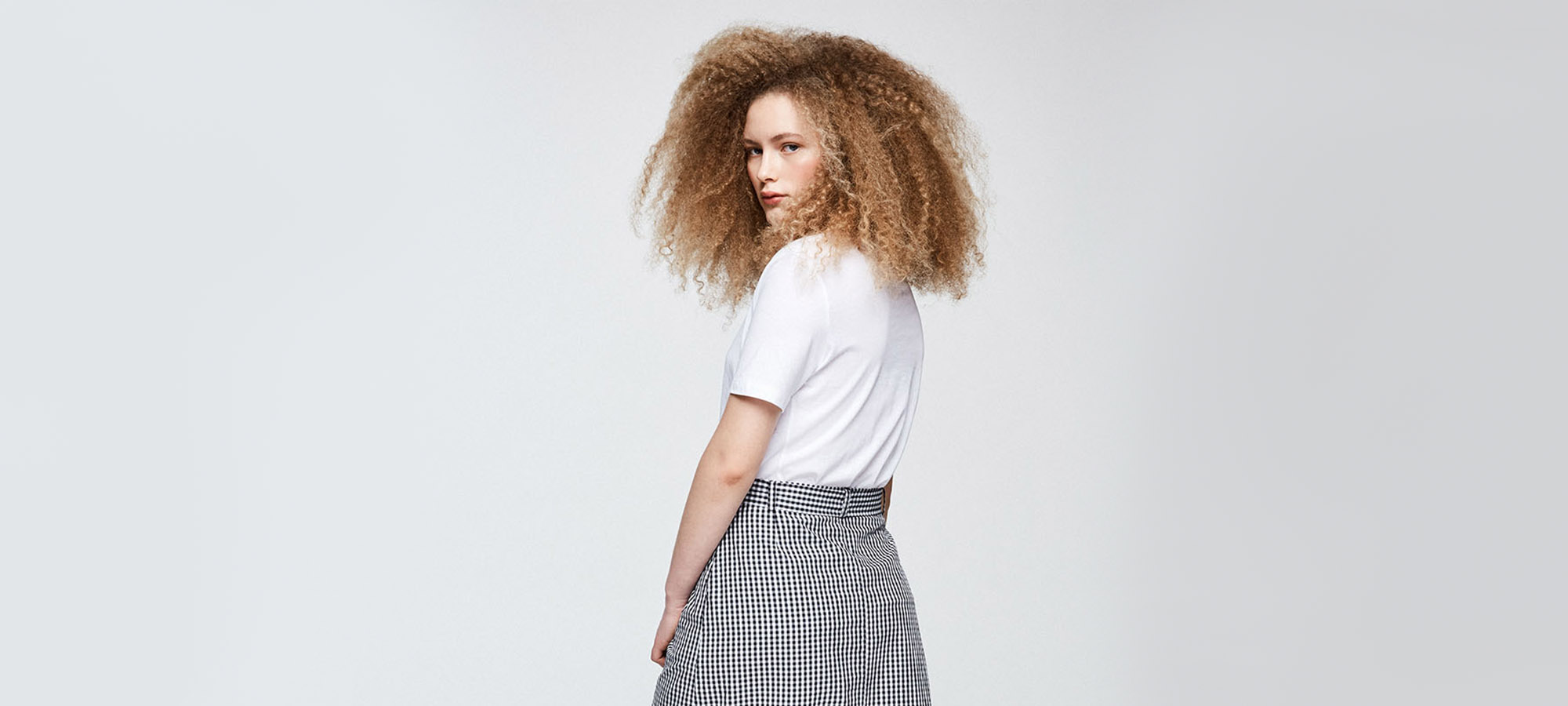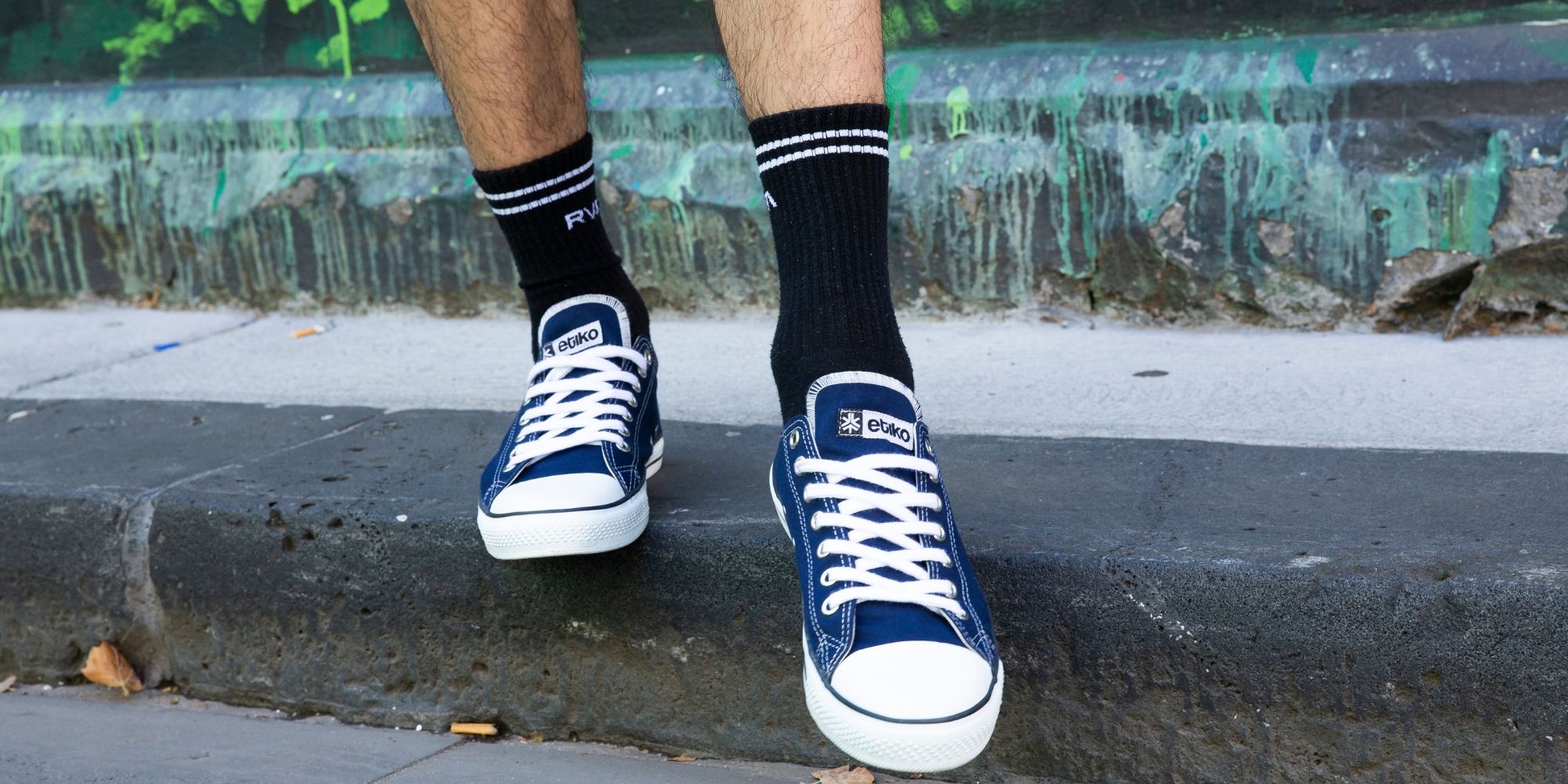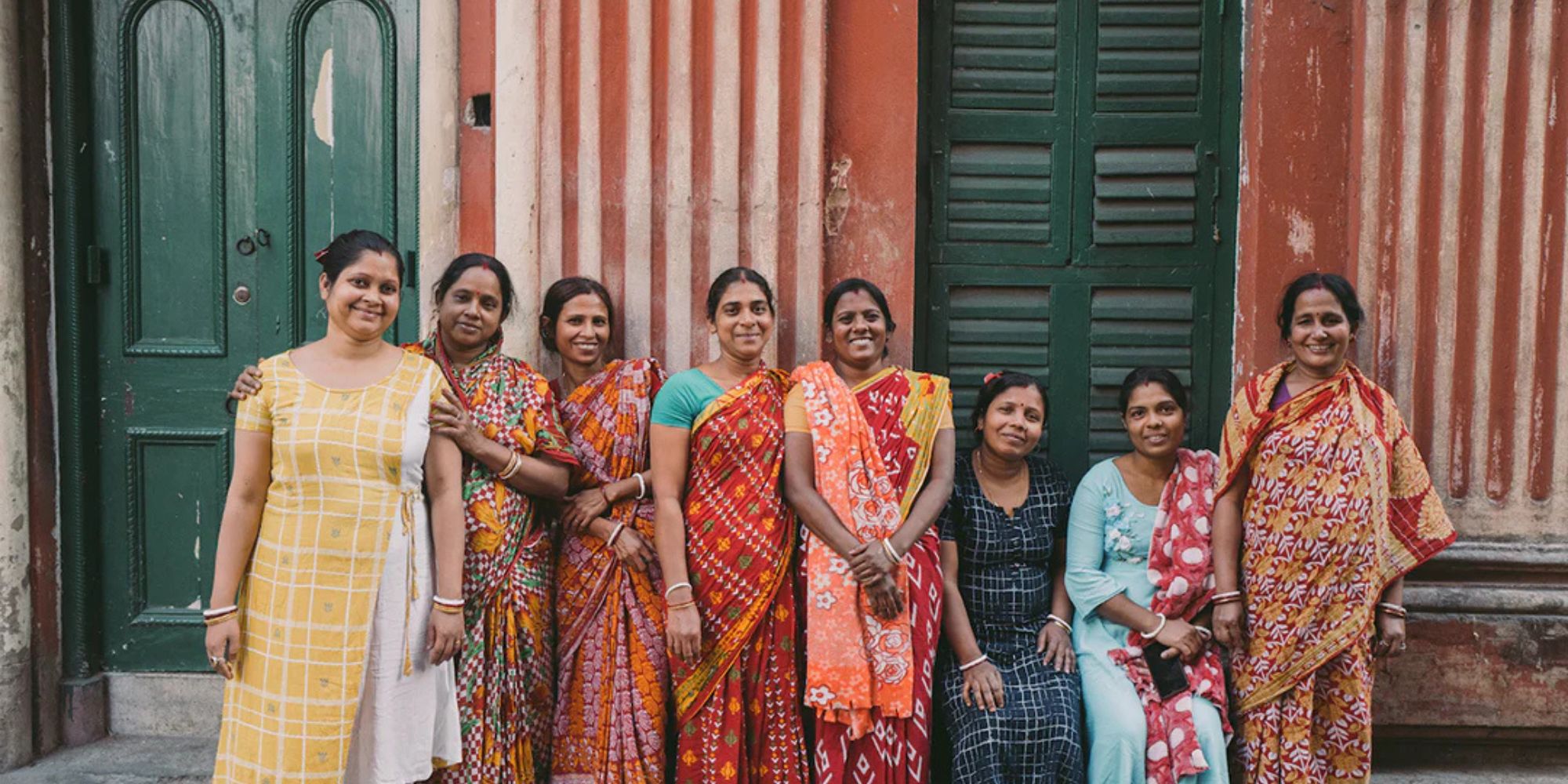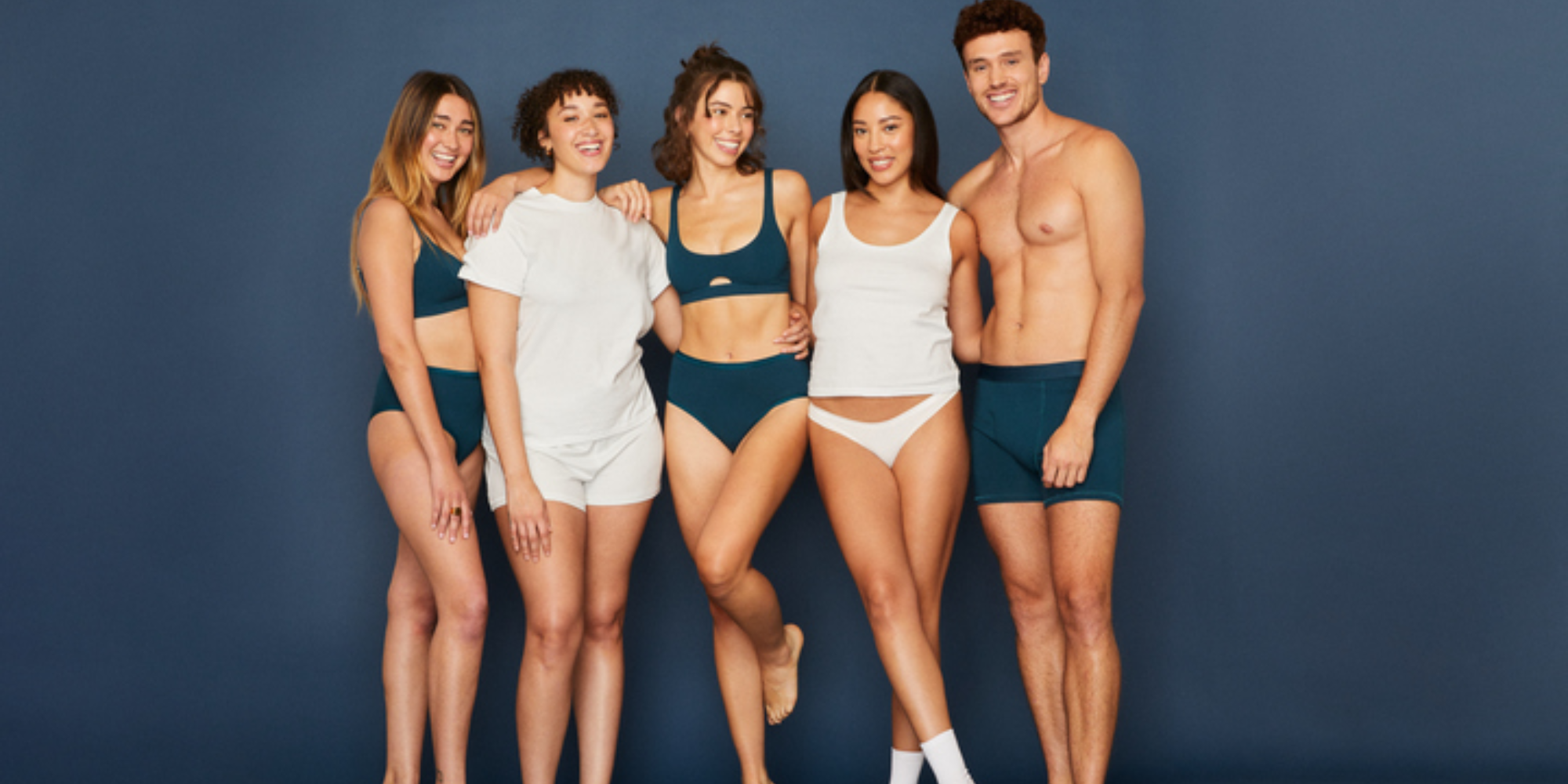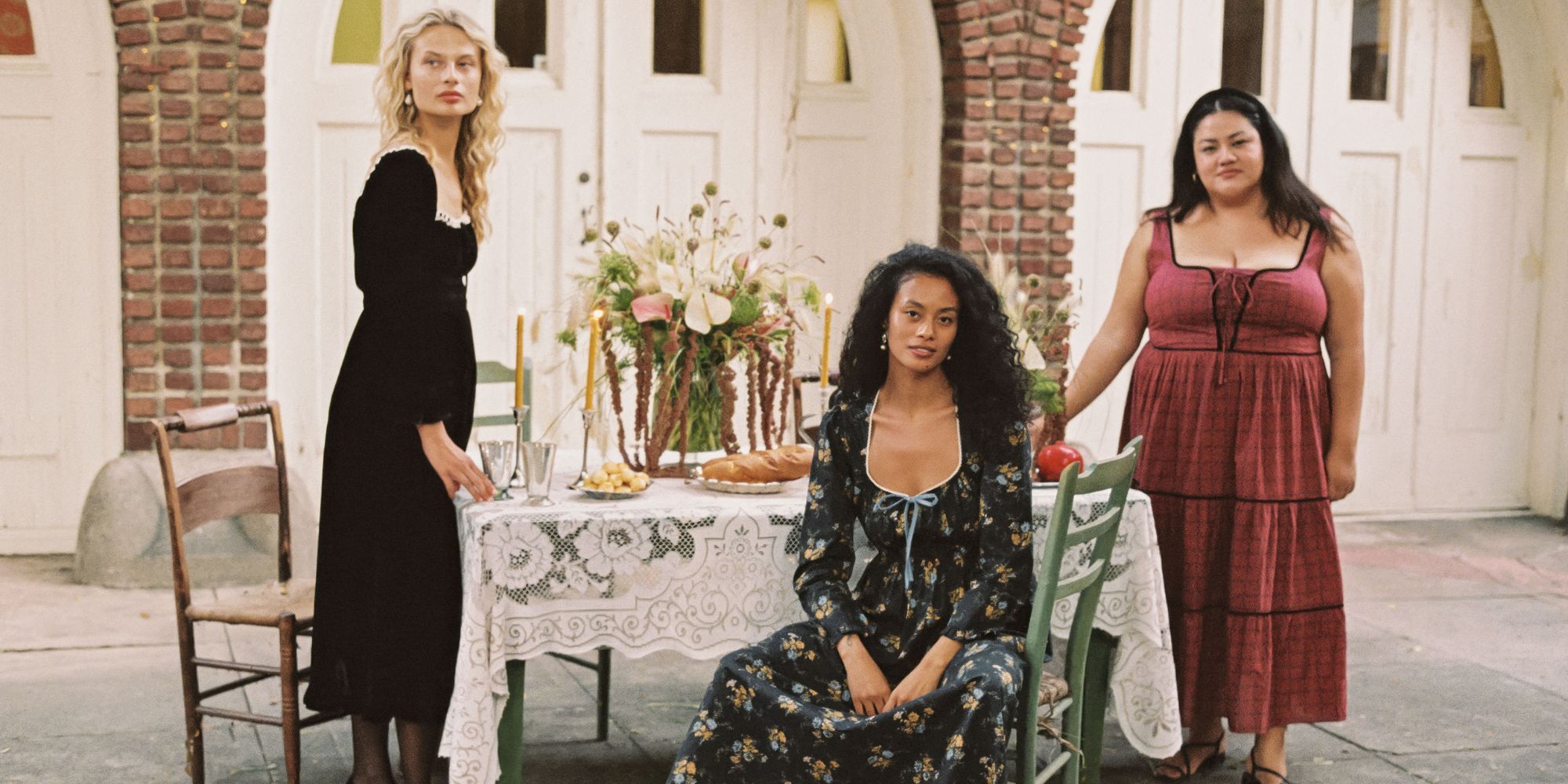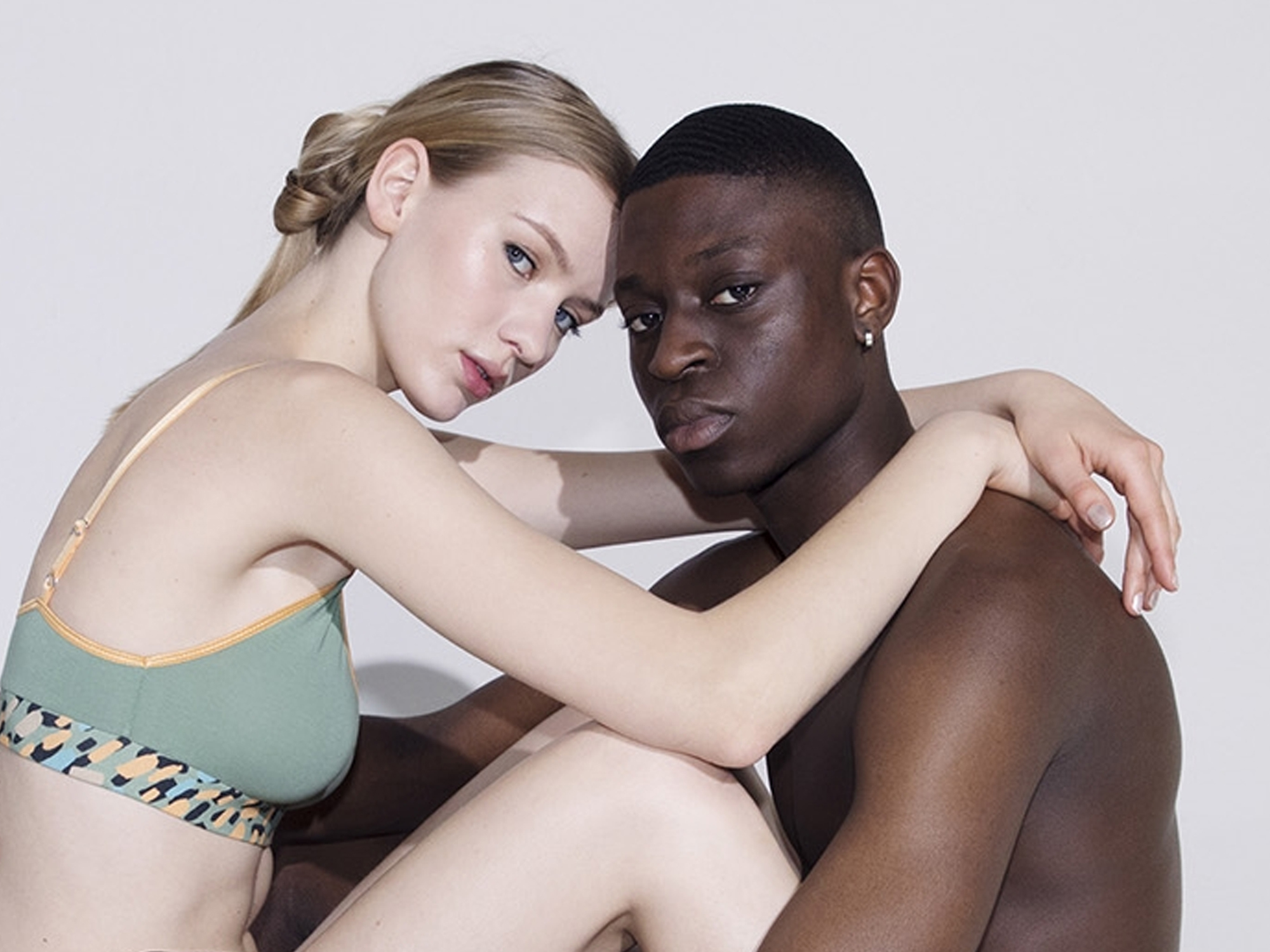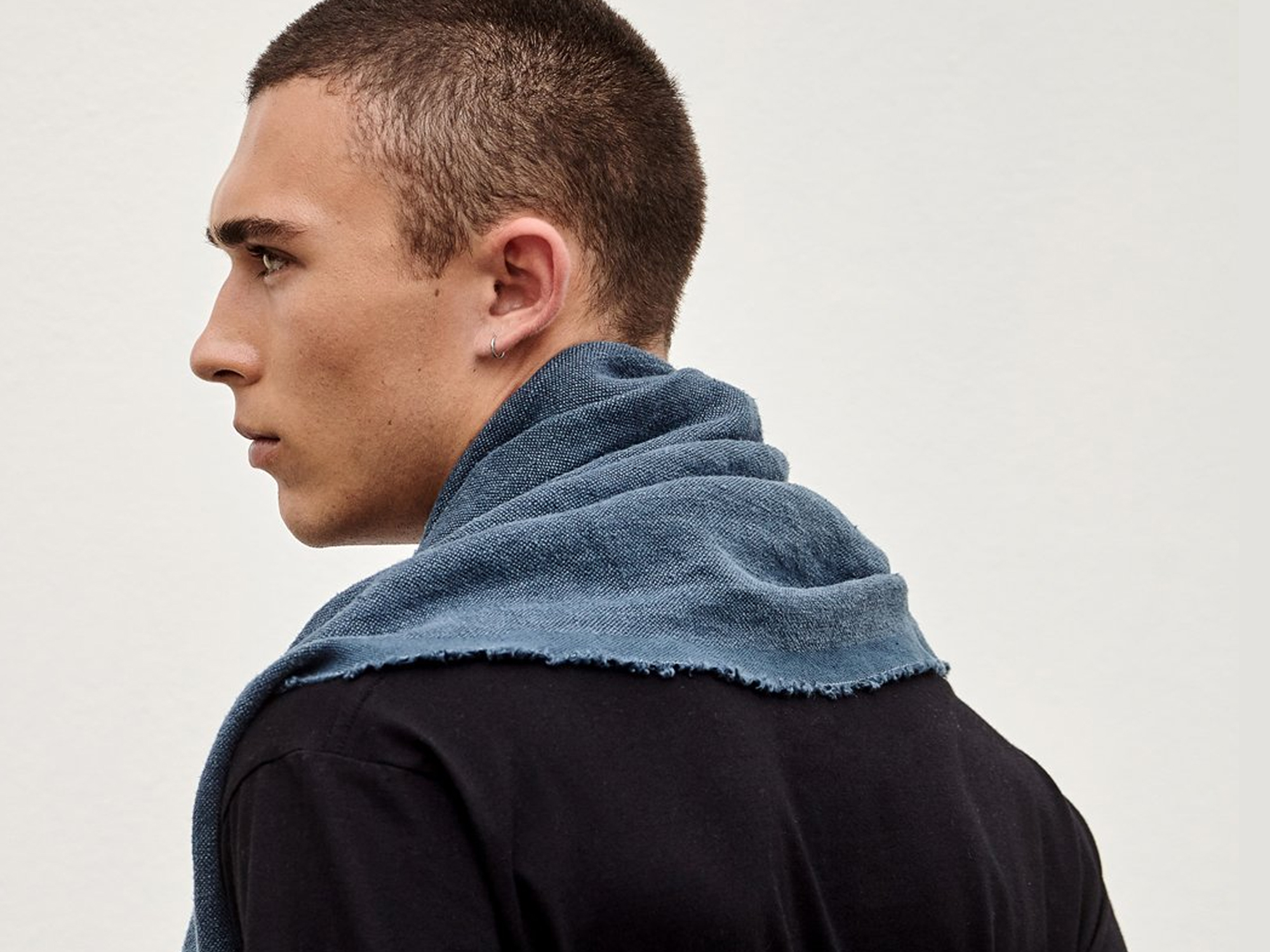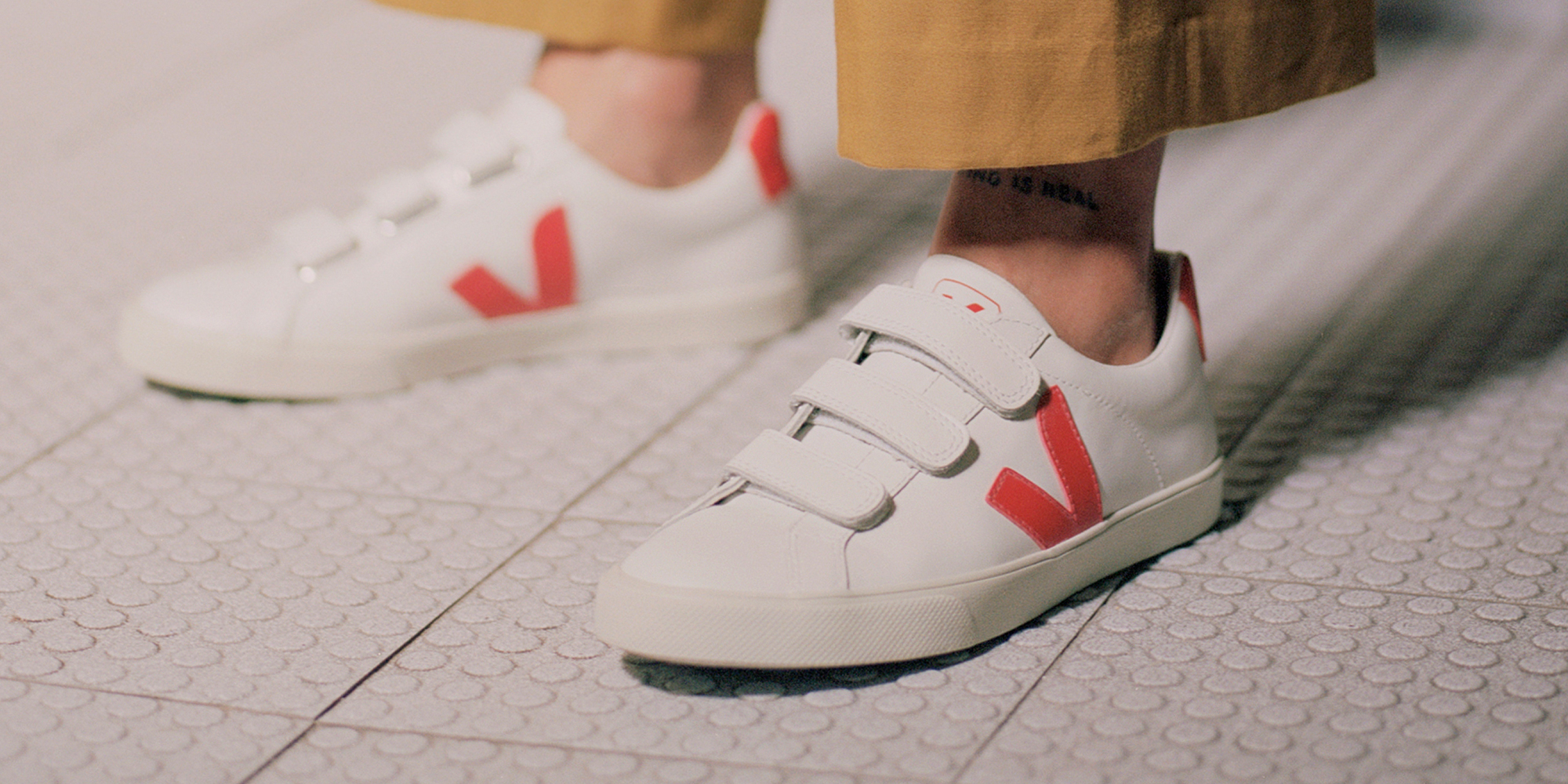Our editors curate highly rated brands that are first assessed by our rigorous ratings system. Buying through our links may earn us a commission—supporting the work we do. Learn more.
Living wages are a crucial part of a more ethical and sustainable fashion system for all, and while some brands may make vague claims about paying the “legal minimum wage”, others are committed to certified living wages that ensure workers can lead a decent life.
Living wages v minimum wages
Fashion supply chains are murky, and despite our best intentions as conscious consumers, it can be tricky to track whether brands are ticking all the right boxes behind the scenes and ensure we’re making purchases that match our morals.
One crucial topic finally starting to garner the attention it deserves on the world stage is living wages, making headlines in 2022 with the Good Clothes, Fair Pay campaign in Europe. A living wage can be defined as the bare minimum monetary compensation required for workers and their families to have a decent life. Not to be mistaken for minimum wages, which simply refer to the lowest legal amount employers are allowed to pay employees in any given area. Minimum wages often don’t meet workers’ basic needs, and not all countries have a lower minimum wage limit.
A living wage can be defined as the bare minimum monetary compensation required for workers and their families to have a decent life.
Workers in all industries deserve to be paid enough to ensure they and their loved ones can live a life of safety, health, and dignity. Fashion, in particular, is notorious for unfair wages, problematic “piece rate” payments, and even forced and child labour. While there is no globally agreed-upon definition of a living wage, organisations like The Asia Floor Wage Alliance and the Global Living Wage Coalition are two widely accepted methodologies used to calculate minimum living wages.
The reality is, there’s no evidence that the vast majority of major brands pay living wages. We dug into the rich data here at Good On You, fashion’s most rigorous and comprehensive ratings system. What we found is alarming but not all that surprising: there’s no evidence to be found about living wages for a whopping 86% of large brands. That means 86% of the world’s most profitable fashion brands either don’t disclose anything about living wages or are confirmed to not pay living wages at any stage of the supply chain.
86% of the world’s most profitable fashion brands either don’t disclose anything about living wages or are confirmed to not pay living wages at any stage of the supply chain.
The following brands have been rated by our world-leading methodology, which considers 500-plus data points across more than 100 key issues, indicators, and standards systems to award final scores, including the “People” score that pays close attention to progress towards and implementation of true living wages. Let’s meet the brands doing better for workers by paying a living wage in some, most, or all of their supply chains.






